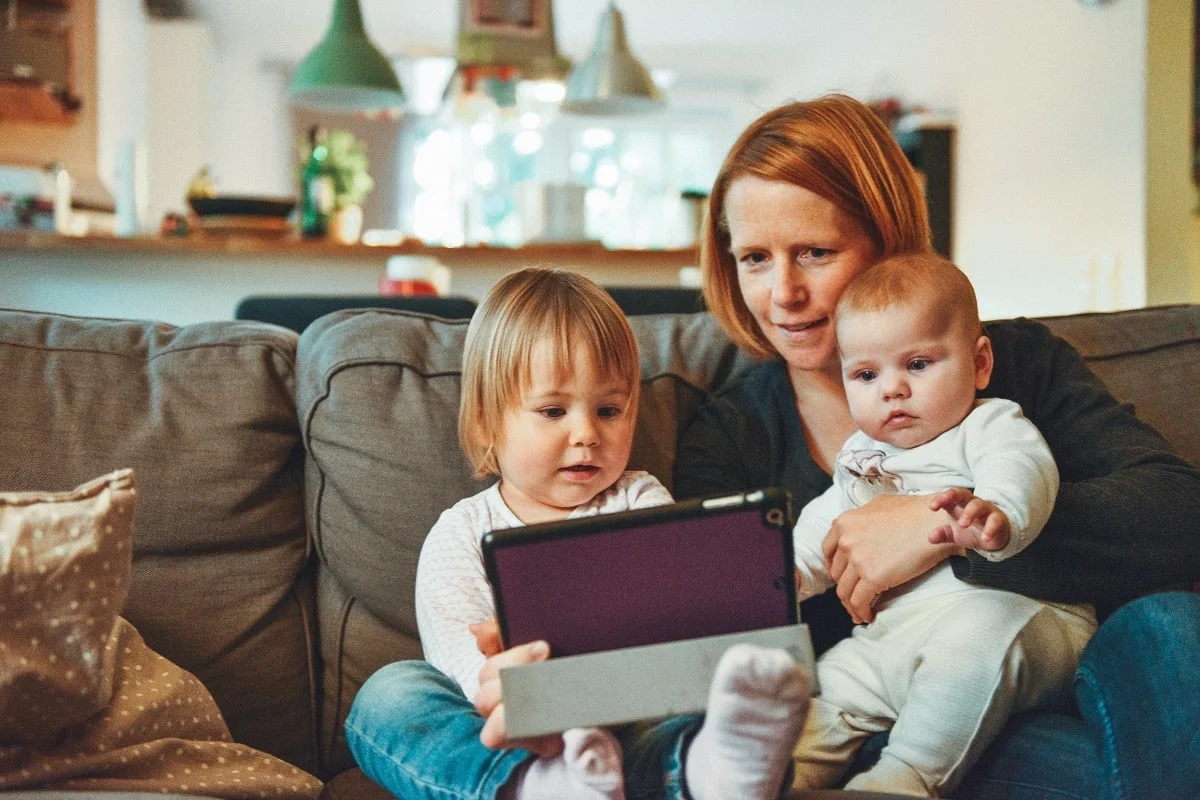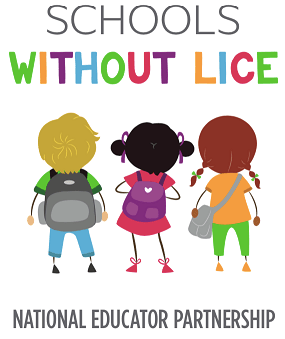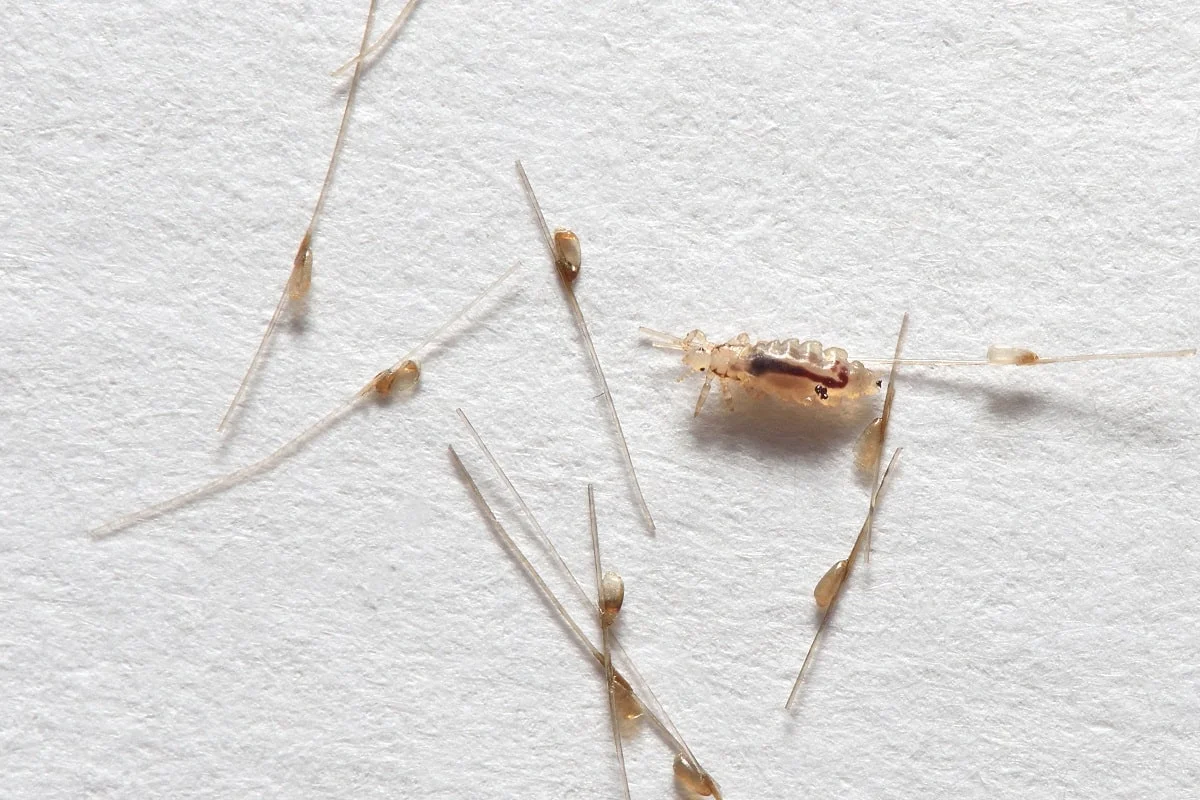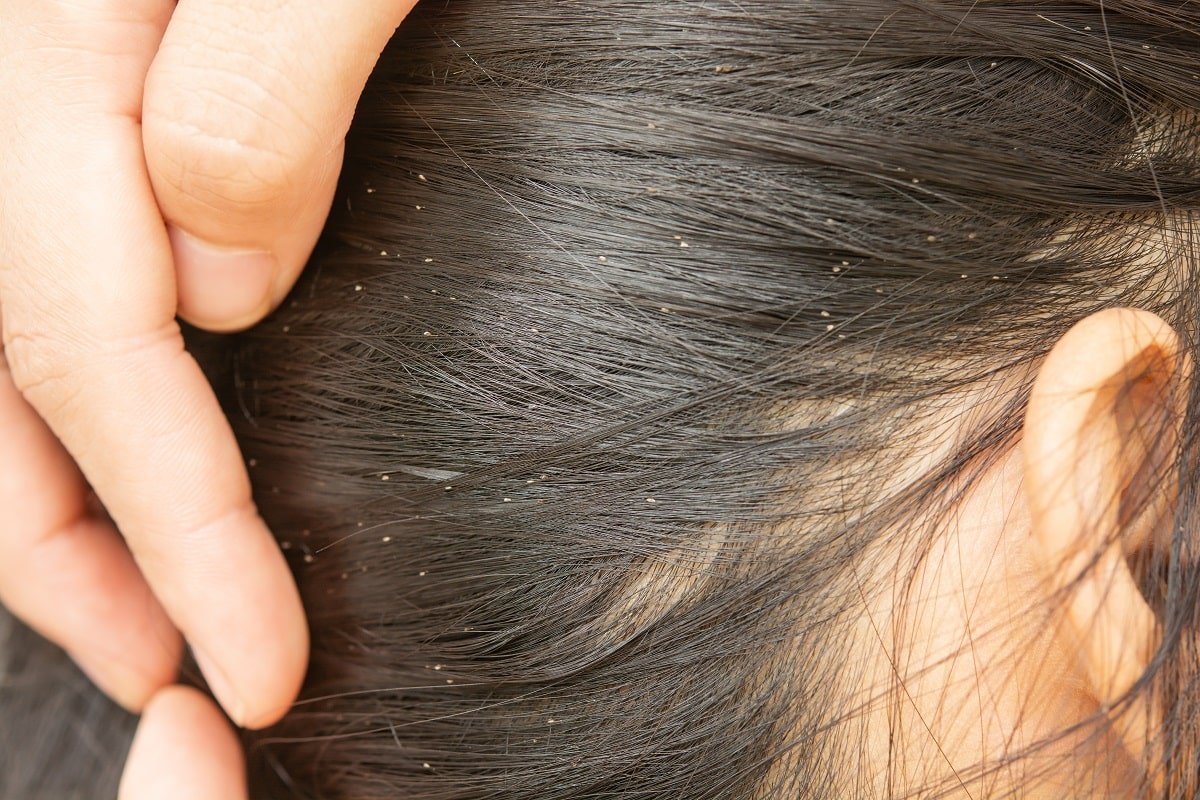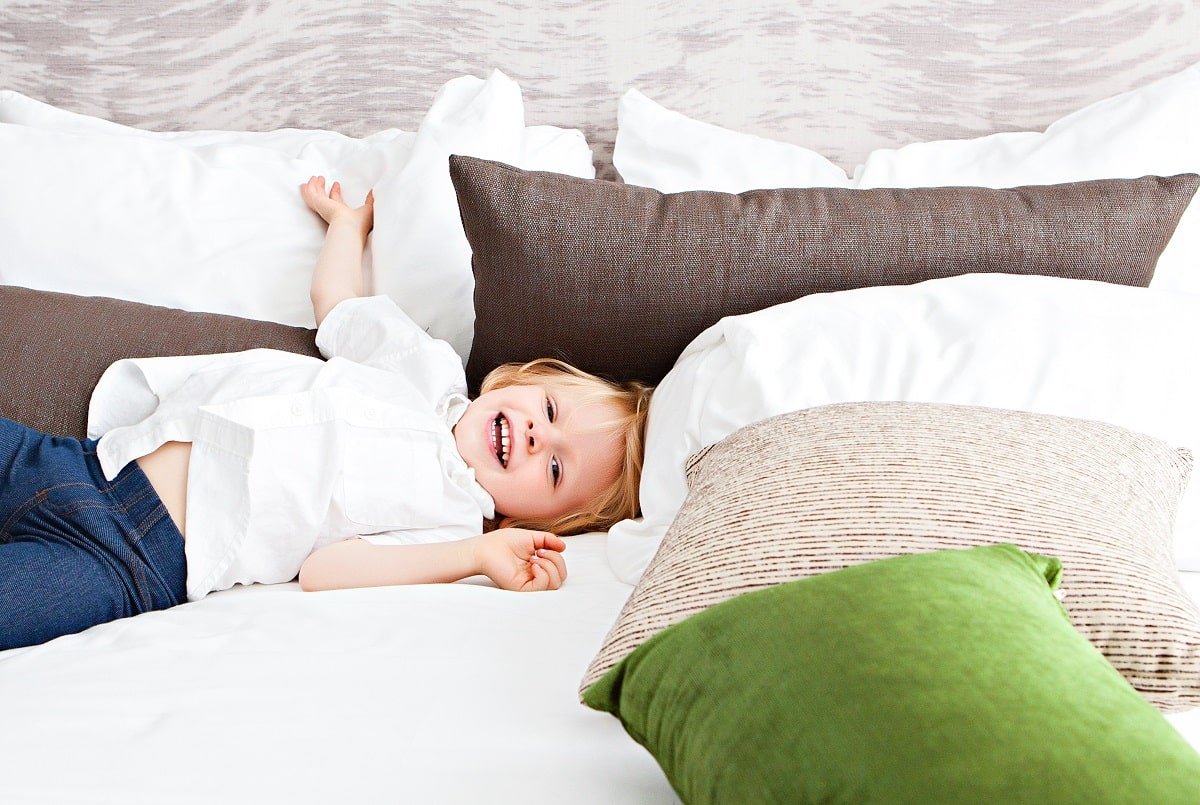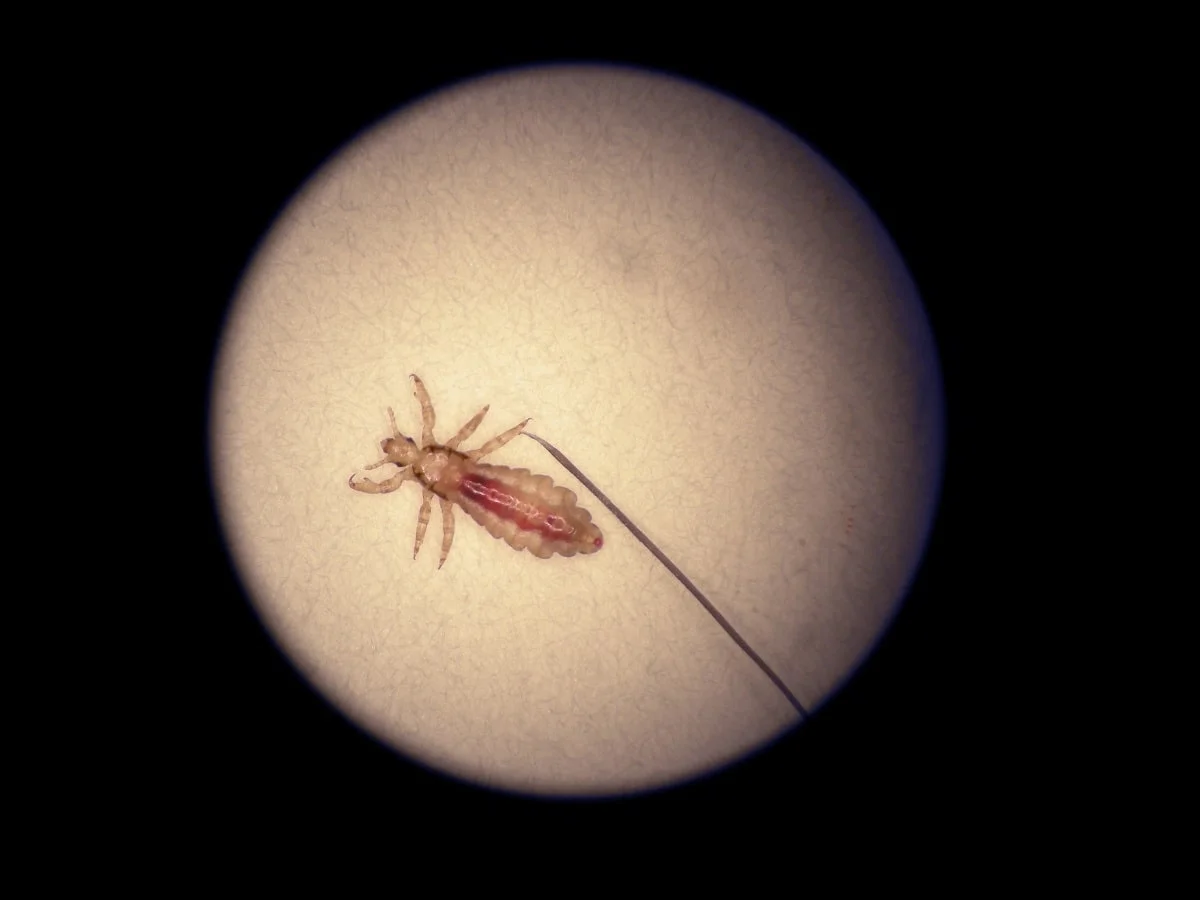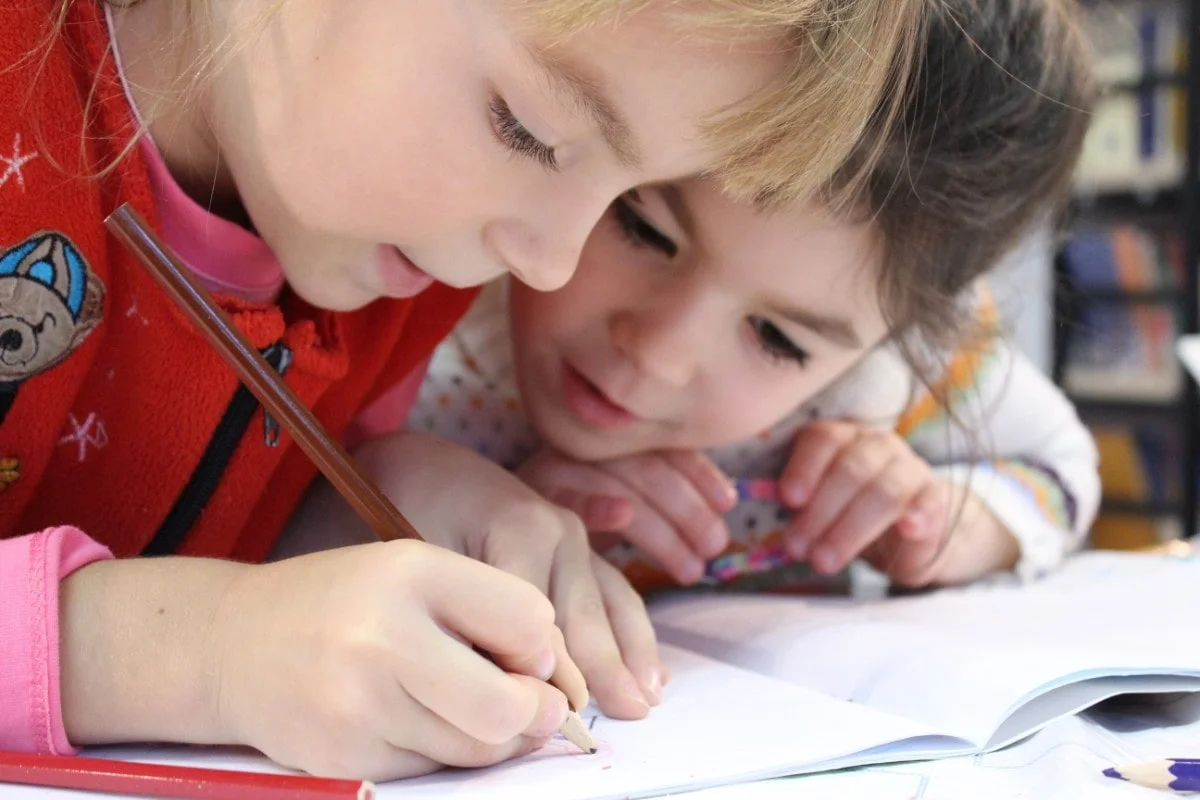5 Head Lice Myths You Should Stop Believing Now
Head lice are tiny insects that feed off blood from a human scalp. They are often found in children’s heads and can be easily transferred from one head to the other. While these are facts we know, there are still fabricated stories about head lice.
Here are the most common head lice myths and why they are not true:
Myth#1: Lice Can Fly
False. If you carefully look into a head louse, you’d notice how small it is. It’s an insect with six legs and zero wings, so they cannot fly. All they can do is crawl from one head to the other, but the infestation can be quick and contagious if there’s direct and head-to-head contact.
Myth#2: Lice Love Long and Dirty Hair
False. Lice can live even in short hair. They have no special preference, and they don’t consider anyone’s hygiene when choosing a host. They’re only after the human blood they get from the scalp to survive, so they can live in anyone’s head, no matter what hair length they have or how often they wash their hair.
Myth#3: Children Get Lice in School
Not entirely true. Children get lice because of close interaction or head-to-head transfer from one host to another. While school is one place where several children can make the transfer possible, it is not the only place where children can get head lice.
Lice can be transferred to any host at any place as long as there’s a physical transfer or close human contact. They can get lice from a sleepover, daycare, or summer camps.
Myth#4: Children Get Lice from Their Pets
False. If your dog caught a disease, it is not always possible for you to catch the same disease because you are two different species. Lice are parasites that rely on specific hosts. It means that human lice would not survive on a dog, and your dog’s lice will not survive on human skin. Human lice rely on human blood to survive, and it is the same for the dog’s lice too.
Myth#5: If You Have an Itchy Scalp, You Have Lice
False. If you have head lice, then it can be one reason that you have an itchy scalp. Having itchy scalp, however, would not result in head lice infestation. Itchy scalp is quite common, and there are several causes for it. Two of the most common reasons are dry, irritated skin and dandruff. Having lice is a product of head-to-head transfer and not because of an itchy scalp.
Lice Removal in Jacksonville, Orlando, and Savannah
Don’t fall for myths—get your head lice facts straight from Fresh Heads. Start removing head lice safely so that your children can get back to their normal lives as quickly as possible. For lice removal in Jacksonville, Orlando, and Savannah, book your appointment online today. We provide the best and most effective head lice treatment and products available!
Schools Without Lice
Our mission at Fresh Heads is to get rid of lice in schools across the country. That’s why we’ve partnered with the Lice Clinics of America to create the Schools Without Lice program. Through this program, we’re able to provide teachers and nurses with free head lice screenings, resources, and treatments. Together, we can have schools without lice!

